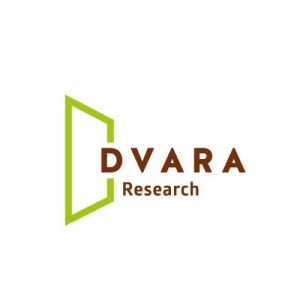Access to credit enables an individual and her household to achieve financial well-being and results in economic welfare outcomes for the entire society. However, excessive debt diminishes all developmental gains, and negatively impacts overall economic growth and stability. Debt also poses a unique paradox in the Indian case. On the one hand, India’s credit-to-GDP ratio stands at 56 percent, and on the other, large-scale instances of over-indebtedness (OI) keep emerging. Further aggravating the situation is the economic impact of the COVID-19 pandemic, which has hurt borrowers’ capacity to service debts without having to face distress. Thus, it is critical to focus on the three themes across the key lifecycle stages of credit. These themes are Prevention of Distress, Identification of Distress, and finally, Alleviation of Distress. The interventions proposed under each theme range from regulatory and legislative tools that safeguard borrowers from distress or provide them with a pathway out of distress, to tools that credit providers may adopt to prevent, detect and address debt distress.
Read the full report here.



